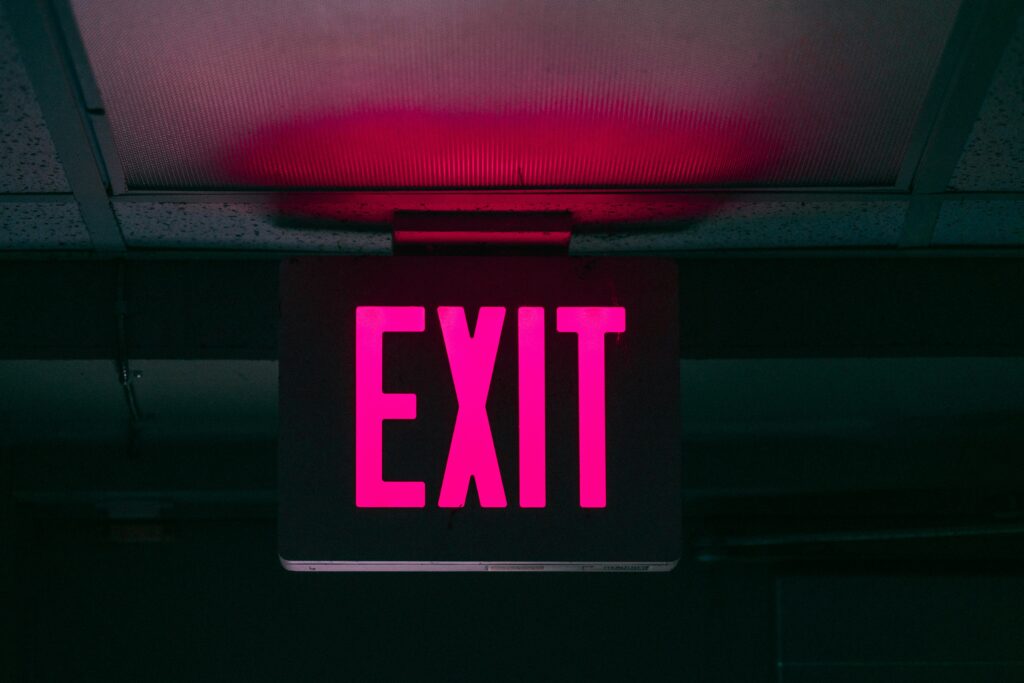
What are the impacts of workplace sexual harassment?
Workplace sexual harassment is bad for everyone. It has profound and devastating impacts on the person harassed, people who witness harassment, and others. It is also bad for business and the economy.
Just as each individual’s experience of workplace sexual harassment is unique, so too are the impacts of harassment on each person harassed.
However, the impacts of workplace sexual harassment commonly extend to health and wellbeing, career progression, and financial losses. We’ll explore these below.
HEALTH AND WELLBEING IMPACTS
Evidence shows that workplace sexual harassment can have wide ranging impacts on the health and wellbeing of people harassed, including on:

MENTAL HEALTH
People harassed commonly experience a range of mental health conditions including stress, anxiety, depression and post-traumatic stress disorder (PTSD). Over two thirds of people harassed reported stress and negative impacts on mental health. Self-esteem, self-confidence and ability to trust others can also be negatively impacted.

PHYSICAL HEALTH
The mental health effects of sexual harassment (including psychological distress, stress, depression, anxiety and PTSD) are risk factors for various chronic diseases, blood pressure issues, obesity, hypertension, cardiovascular disease, and some cancers. Some people who have been harassed also suffer from physical injury as a result of physical violence/assault.

GENERAL WELLBEING
Almost half (46%) of people who said they had been sexually harassed at work in the last five years experienced negative impacts to their health and general wellbeing following the most recent incident.
EMPLOYMENT, CAREER AND WORK IMPACTS
Half of people who said they were sexually harassed in the workplace in the last five years experienced negative impacts to their employment, career or work as a result of the most recent incident.
For women, workplace sexual harassment can be one of the most damaging barriers to career success and job satisfaction.

FINANCIAL IMPACTS

1 in 5 people who said they were sexually harassed in the workplace in the last five years suffered negative financial consequences because of the most recent incident.

Workplace sexual harassment is estimated to have cost people who have been harassed $523.6 million in 2018.
This includes costs related to the negative impacts on wellbeing, lost income as a result of taking unpaid leave or a period of unemployment, and costs associated with accessing the health and justice systems.
Source:
Victorian Equal Opportunity and Human Rights Commission
IMPACTS ON OTHER PEOPLE
Workplace sexual harassment also has impacts on those who witness the harassment, and the partner, family and friends of a person harassed. There are also consequences for harassers.
Impacts on witnesses
Witnessing or hearing about sexual harassment in the workplace can have impacts similar to directly experiencing sexual harassment—including significant negative emotional impacts. Research on trauma has suggested that this ‘vicarious trauma’ can be similar to symptoms of post-traumatic stress disorder (PTSD).
Impacts on partners, family and friends
The impacts on the person harassed can have flow-on effects on family, partners, and friends as they provide support to the person harassed. They too can experience significant financial impacts and can experience stressors in their relationships as a result of the ongoing mental health issues of the person harassed.
Impacts on communities
Impacts on individuals can have flow-on effects within communities, particularly in small or tight-knit communities. In communities where most people know each other, there can be a reluctance to report sexual harassment, contributing to a community culture in which sexual harassment is normalised and accepted.
Impacts on harassers
Workplace sexual harassment is against the law and should have consequences based on, for example, the severity of the conduct, its frequency, and any prior conduct and previous warnings.
A harasser may experience significant personal cost to their reputation, may be required to pay settlement fees in conciliation or court fees, and/or face immediate dismissal from their job. They may also experience negative impacts to their mental health.
Families can also be deeply affected by an allegation of sexual harassment made against a partner or parent, especially if this information becomes public.
IMPACTS ON OTHER PEOPLE
Workplace sexual harassment is bad for business.
Sexual harassment in the workplace leads to:

Decreased productivity
Reduced productivity of all workers involved in an incident. In 2018, decreased productivity as a result of workplace sexual harassment cost businesses an estimated $1.82 billion.

Increased absenteeism
Decreased job satisfaction can lead to greater absenteeism and withdrawal from employment by the person harassed and witnesses.

Increased staff turnover
Workers may be more likely to leave the workplace if workplace sexual

Poor workplace culture
The presence of workplace sexual harassment can increase levels of interpersonal conflict, creating a range of negative impacts on co-worker relationships and negatively impacting team-cohesion and financial performance.
Organisations also incur costs associated with responding to and investigating complaints, including through:
- time and organisational resources absorbed
- increase in workers’ compensation premiums
- reputational damage e.g. share market value and the trust of workers
- increased legal costs e.g. for legal representation, court costs and financial compensation payments
- emotional energy and time spent e.g. handling compensation claims and sick leave.
